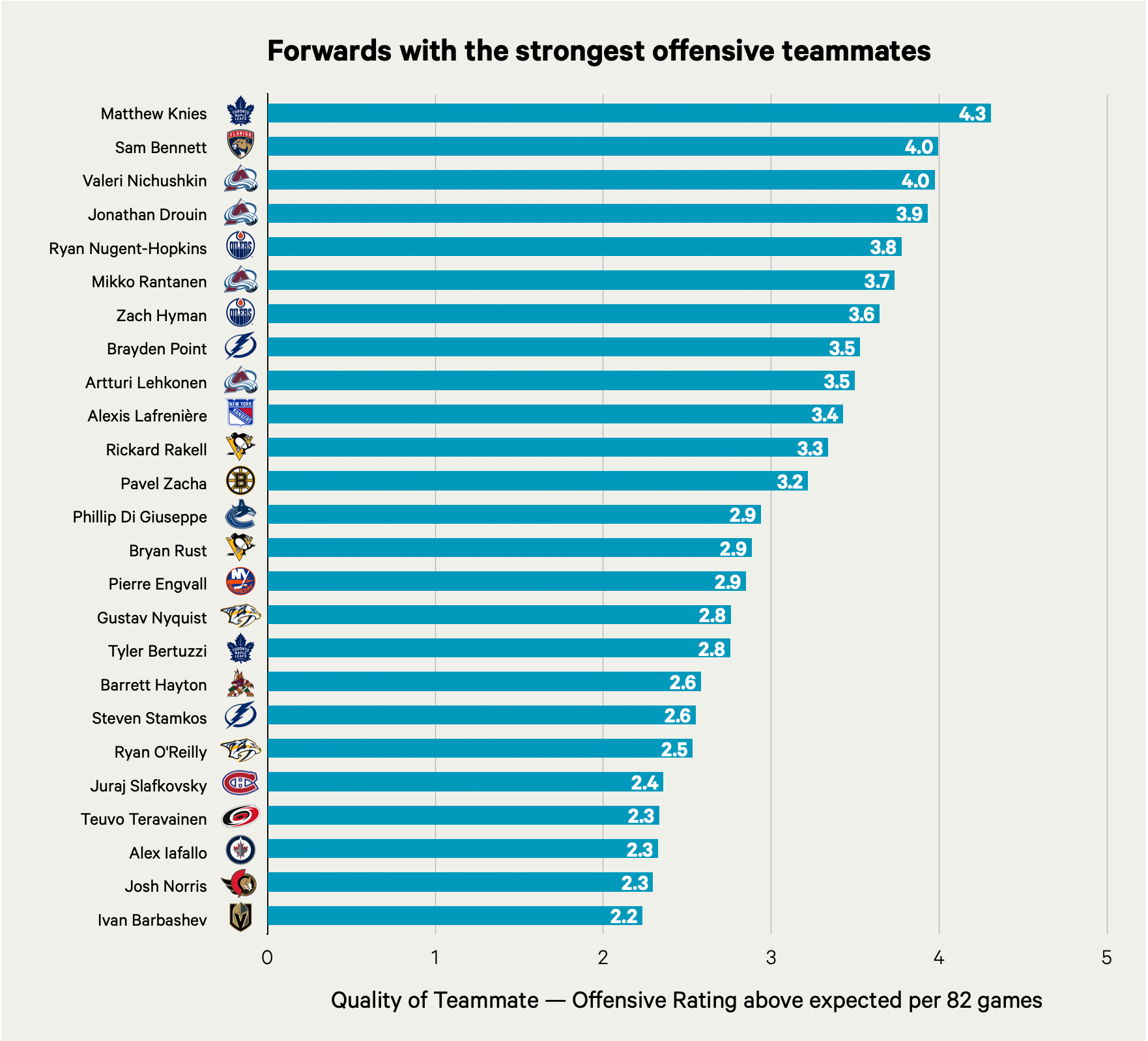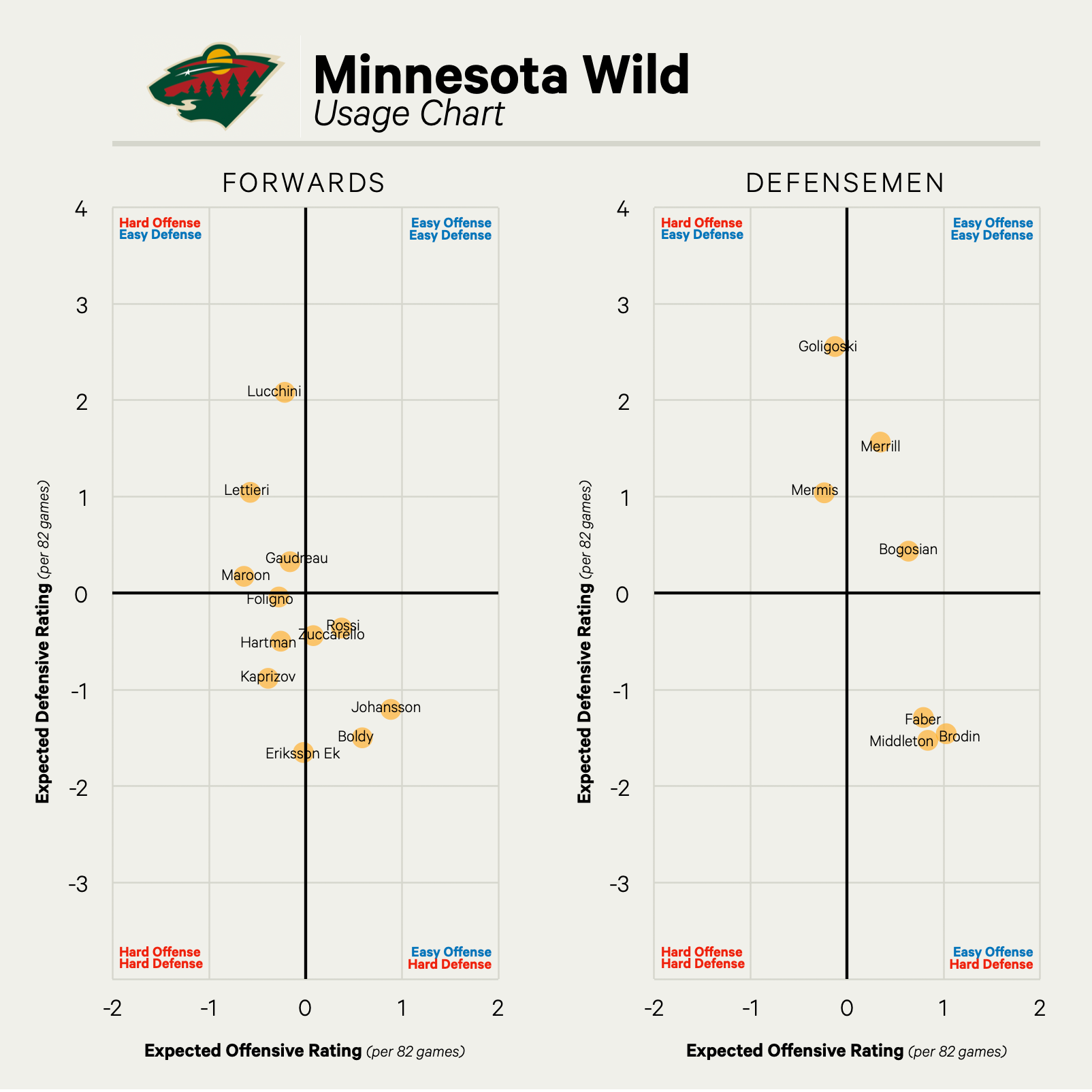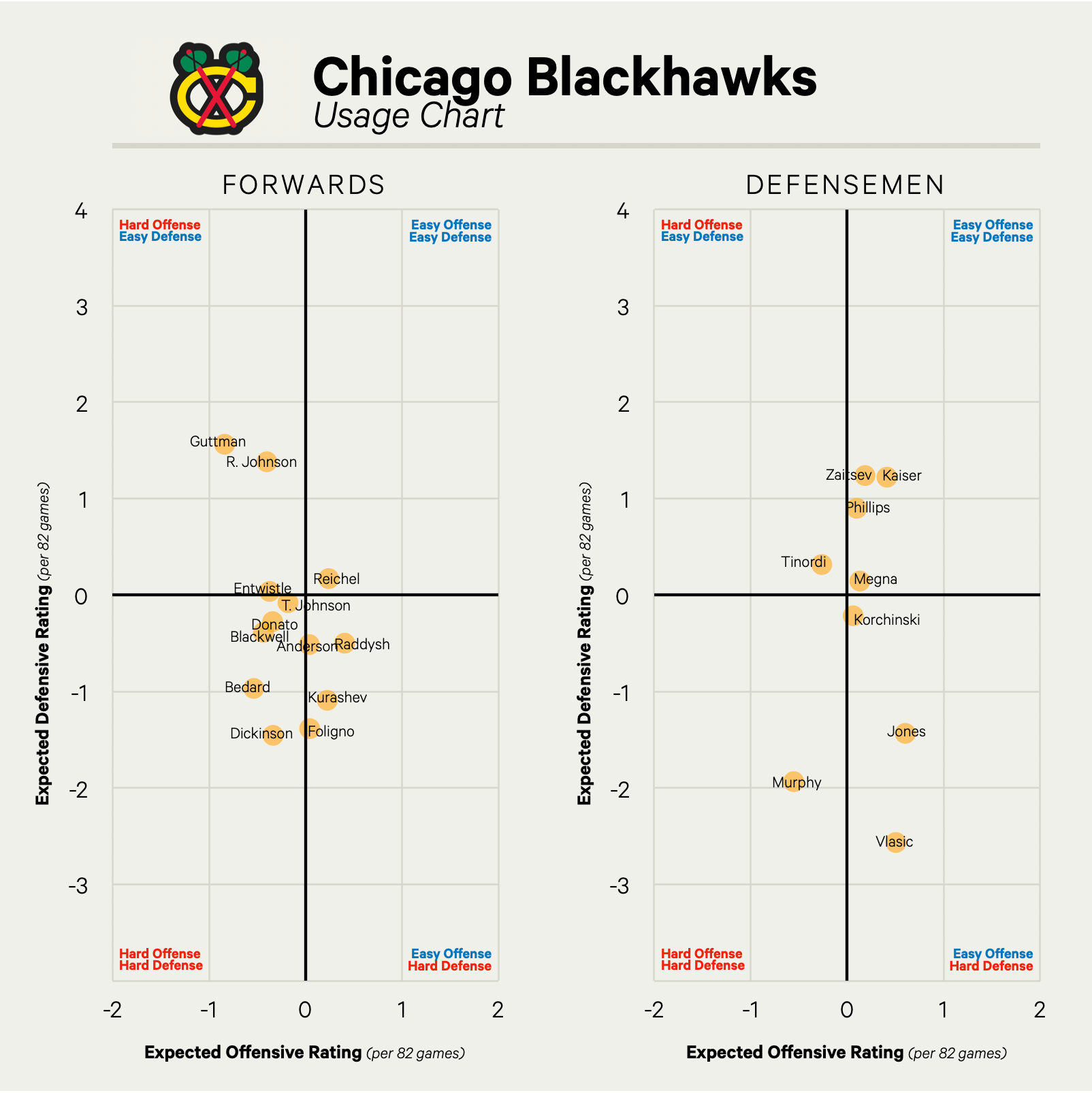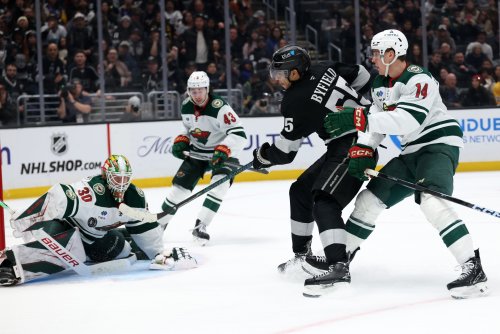
The State of Hockey is embroiled in a Calder Trophy debate again.
After 20 seasons without a Calder finalist, Kirill Kaprizov broke the seal for the Minnesota Wild by winning the NHL’s Rookie of the Year award in 2020-21. Mike Modano (1989-90) was the next-most recent finalist in Minnesota hockey history. But Brock Faber seems a shoo-in to be the Wild’s second Calder finalist this year.
Without question, Connor Bedard is his main competition for the award. Bedard’s goal-scoring ability, highlight reel, and draft pedigree give him an edge in this award. However, Faber has had a strong argument all year because he has a superior 200-foot game.
The typical response from Bedard’s fans is that the Wild’s support system buoys Faber’s analytics. Faber has played next to Jonas Brodin, an elite shutdown defenseman. They’ve also played behind Minnesota’s best forwards since head coach John Hynes took over -- especially superstar Kirill Karizov. Wild fans typically respond that while Faber gets to play with excellent teammates, Minnesota tasks him with shutting down the best players on the opposing team.
So which matters more? Does any of it matter at all? And if it did, how could you prove it?
The answer is, it’s complicated.
Fortunately, it got much easier to analyze with a new measurement Dom Luszczyszyn developed at The Athletic.
Until this point, Dom’s model followed common trends in the Faber vs. Bedard debate. The player cards below show that Bedard is uniquely capable of creating scoring chances and finishing them off at an elite rate. The model quantifies this with his high “offensive rating.” A plus-nine is in the same ballpark as Tyler Sequin (+8) and Joel Eriksson Ek (+13).

Faber holds his own in these areas and is also impressive when forced to defend. On the other hand, Bedard’s defense leaves a lot to be desired. His minus-8 defensive rating means he almost gives up as much defensively as he generates offensively.

According to most data-driven analysis, Faber’s abilities away from the puck more than make up for Bedard’s abilities with it. But it’s hard to say how much these statistics truly isolate individual performance in a team sport.
Whether you’re a big believer in analytics or not, even the largest proponents of data in sports will agree: most analytics don’t measure everything a player can be, they only measure what they are right now. And we can only measure them in the situations in which their coaches decide to use them.
Dom’s new measurements at least allow us to quantify those situations, both by the quality of teammates and the quality of opposition.
His analysis made some interesting findings, many of which are intuitive to old-school hockey fans. For example, he found that regardless of position, it’s more common for players to have a challenging defensive role rather than a difficult offensive role. In other words, defensive role players have a much harder role on defense than an average matchup.
Another of Dom’s findings was that the model he uses to produce a player’s offensive and defensive ratings did not require much recalibration to account for the quality of teammates. Toronto Maple Leafs forward (and former Gopher) Matthew Kneis benefited the most from playing with elite teammates.

In other words, the model already fairly accurately accounts for the difference between Bedard and Faber’s teammates. On the other hand, he found that analyzing the quality of opposition yielded more benefits.
So, what does all this mean for Faber and Bedard? Dom broke down the effects of teammates and opposition for each player in the NHL, isolating the offensive and defensive effects. He created an “expected rating” to match the offensive and defensive ratings. It represents the degree of difficulty for any given player’s assignment.


In the grand scheme, the answer is that Bedard faces a more challenging offensive assignment each night, while Faber has the more difficult defensive assignment.
This has nothing to do with their positions -- the model adjusts for the abilities of their opponents and teammates. Therefore, Faber benefits from playing with talented offensive teammates and against opponents with leaky defense. Those same teammates and opponents make his life harder on defense. In Bedard’s case, his opponents send out their best checkers against him, and he gets little help from his teammates.
The largest adjustment is Faber’s defensive assignments (expected defensive rating), which are about 1.2 ratings points more difficult than an average assignment. That’s pretty common for a second-pair defenseman, but it’s still a significant adjustment.
Faber’s expected offensive rating is about a plus-0.8, Bedard’s is minus-1.0, and Bedard’s expected defensive rating is minus-0.6. If you add each of those expected ratings to the matching offensive or defensive rating, you get an adjusted performance rating that includes the difficulty of their assignment. Faber’s offensive rating above expected is about +1.2, and Bedard's is about +10. Faber’s defensive rating above expected is a shining +4.2, while Bedard’s is -6.4.
Add them together, and the analytical race is closer. Faber still comes out ahead, with a player rating above expected of 5.4, while Bedard lags behind at 3.6.
These numbers are not so different as to settle the debate on their own. Aside from the obvious consideration that analytics should not be an end-all-be-all player analysis tool, these two players have drastically different effects on the ice. Sure, Faber may be the better player if you had to start a game today or if you need to defend a lead. But you can’t defend a lead if you never score, and Bedard’s offensive abilities make him invaluable when playing from behind.
The Calder Memorial Trophy is an annual award given "to the player selected as the most proficient in his first year of competition in the National Hockey League (NHL)." Upon first reading, it’s clear this is the Rookie of the Year award, but the criteria for selecting the winner are unclear.
It depends upon the reader’s definition of “proficient.” Does that mean skills such as stickhandling, skating, and shooting? As good as Faber has been this year, there’s no doubt that Bedard is more skilled. Or does “proficiency” only apply to on-ice impact? If that’s the case, Faber’s analytical arguments make him the front-runner.
It’s impossible to be sure, and perhaps that’s the point of the vague wording in the first place -- to spark debate.
However, one thing that’s a little clearer is that analytical arguments that Faber should win the Calder hold up, even after accounting for Bedard’s difficult situation on a poor Chicago team. Even under intense scrutiny into who they’ve played with and against, Faber’s numbers are simply better this year.
Think you could write a story like this? Hockey Wilderness wants you to develop your voice, find an audience, and we'll pay you to do it. Just fill out this form.
-
 2
2



.thumb.jpg.3818a5c4985e878d5ecaf2e7234883d8.jpg)



Recommended Comments
Join the conversation
You can post now and register later. If you have an account, sign in now to post with your account.
Note: Your post will require moderator approval before it will be visible.